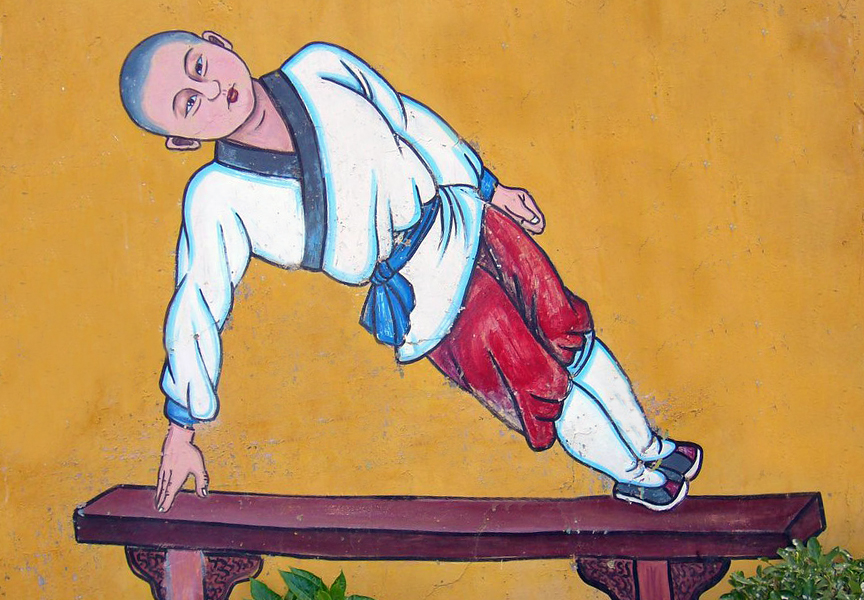Random Free Articles
- Martial Arts for Seniors
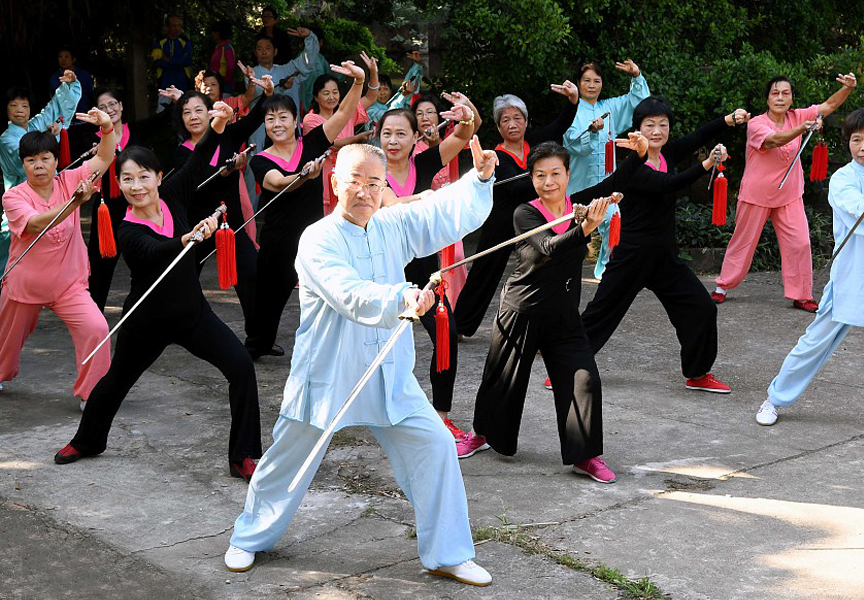
Breaking Stereotypes and Embracing Wellness Martial arts has long been associated with strength, agility, and discipline, typically seen as a pursuit for the young and physically fit. However, as attitudes toward aging and health evolve, so does the perception of activities like martial arts for seniors. The question arises: Is martial arts suitable for old people? In this article, we will explore the numerous benefits of martial arts for…
- Exploring the Bafa of Shaolin Rou Quan
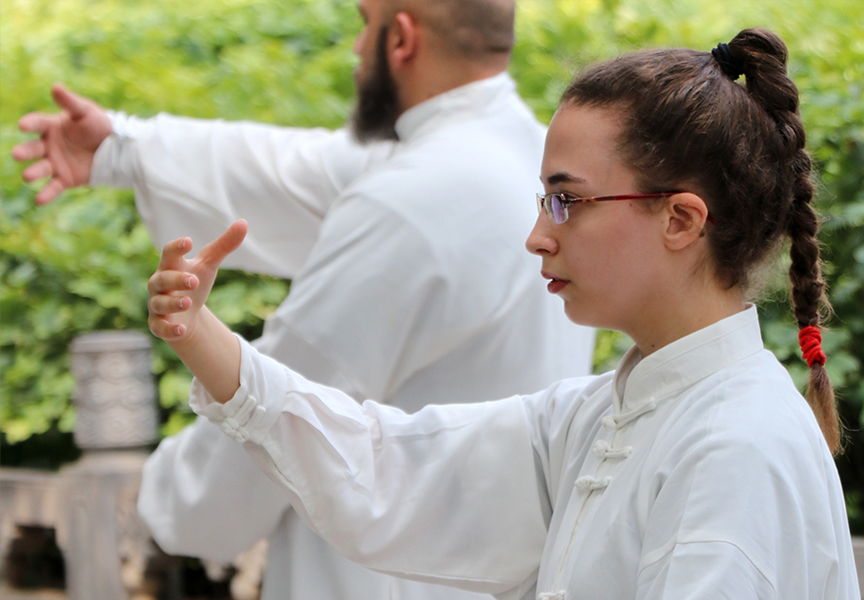
Shaolin Rou Quan [Chin.: Shàolín róu quán 少林柔拳], often simply referred to as Shaolin Rou Gong, is a martial art and a holistic exercise system that has been practiced for centuries. One of the key aspects that make Shaolin Rou Quan unique and effective is the incorporation of the "eight basic methods of practice." These methods, Peng, Lu, Ji, An, Cai, Lie, Zhou, and Kao, are fundamental to understanding and mastering this…
- Qi Gong. The Vital Energy
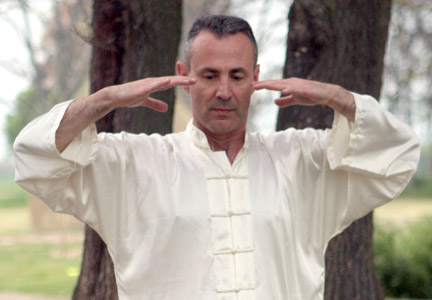
Vital internal energy is a Chinese cultivation practice which, according to specific written documents, goes back at least 3000 years ago. During the legendary Chinese ruler's Tang Yao monarchy; qigong art used as a form of dancing. The actual origins of Qi Gong, however, are lost in Chinese prehistory. Qi Gong was practiced during the earliest period in order to maintain good health. In Master Lu's Spring and Autumn records which…
- Shaolin Rou Quan
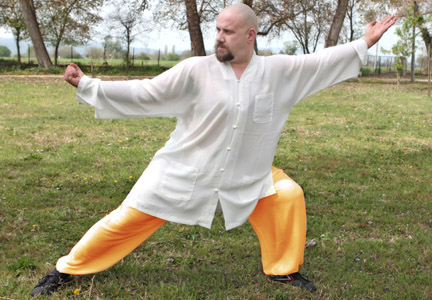
Shaolin Gong Fu is a broad and profound self cultivating system, combining martial arts and Chan in a unique way. Not only does it comprise of hard moves and techniques but also techniques of soft and internal moves. Essentially, there is no clear distinction, since this is the purpose of self cultivation, so internal as external. The hard lies in the soft, and the soft lies in the hard. 柔中之刚为真刚,刚中之柔为真柔…
- Unlocking the Secrets of Shaolin Rouquan
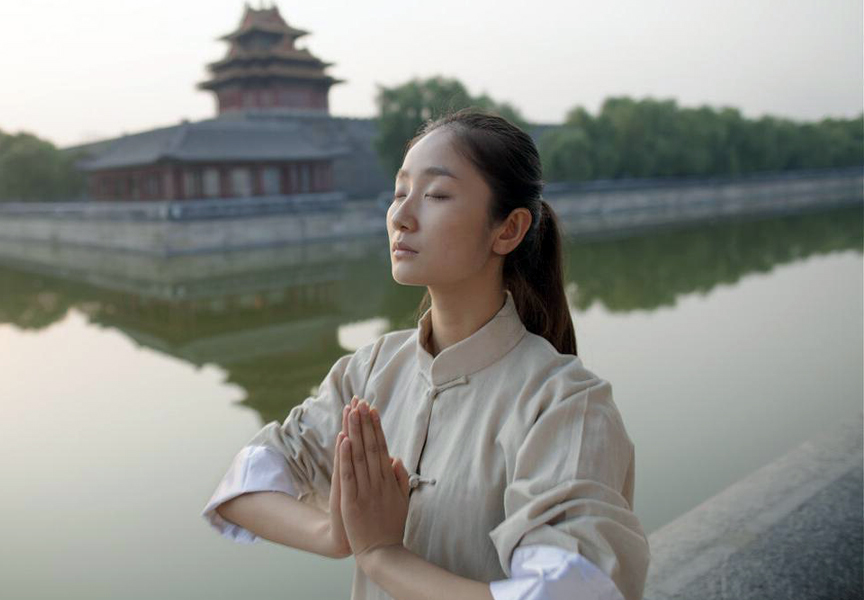
A Systematic Approach to Mastery Martial arts, with their rich history and deep philosophical underpinnings, offer a path to self-discovery, physical mastery, and spiritual growth. Among the myriad martial arts disciplines, Shaolin Rouquan [Chin.: Shàolín róu quán 少林柔拳] stands out as an ancient and revered tradition that blends physical prowess with profound philosophical insights. However, achieving mastery in Shaolin Rouquan is…

